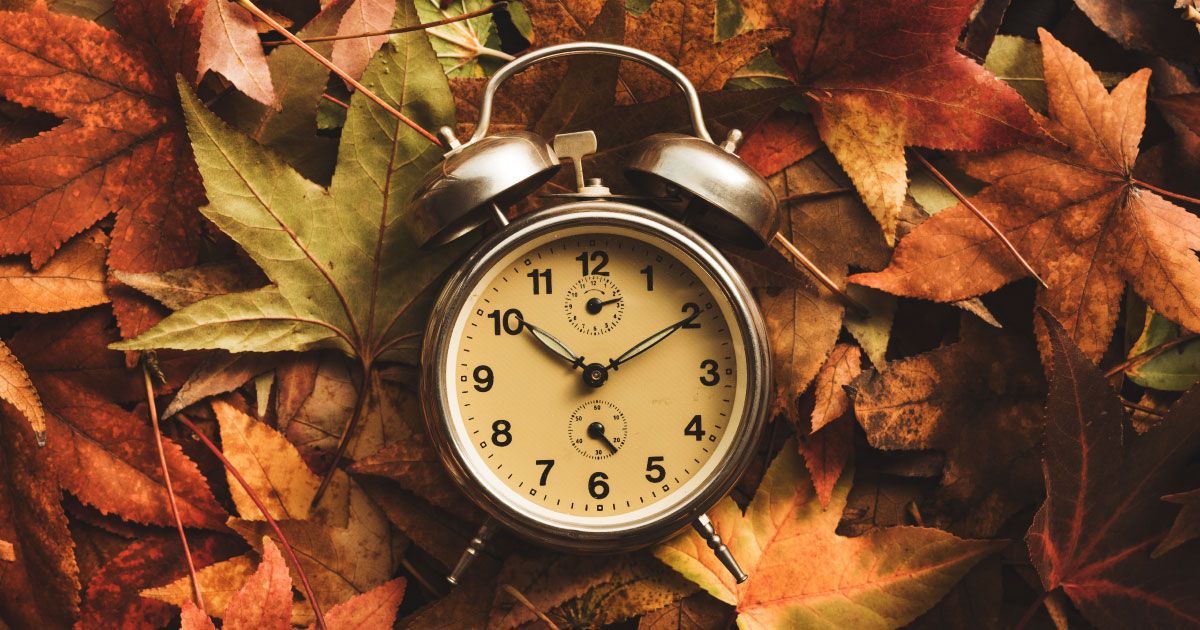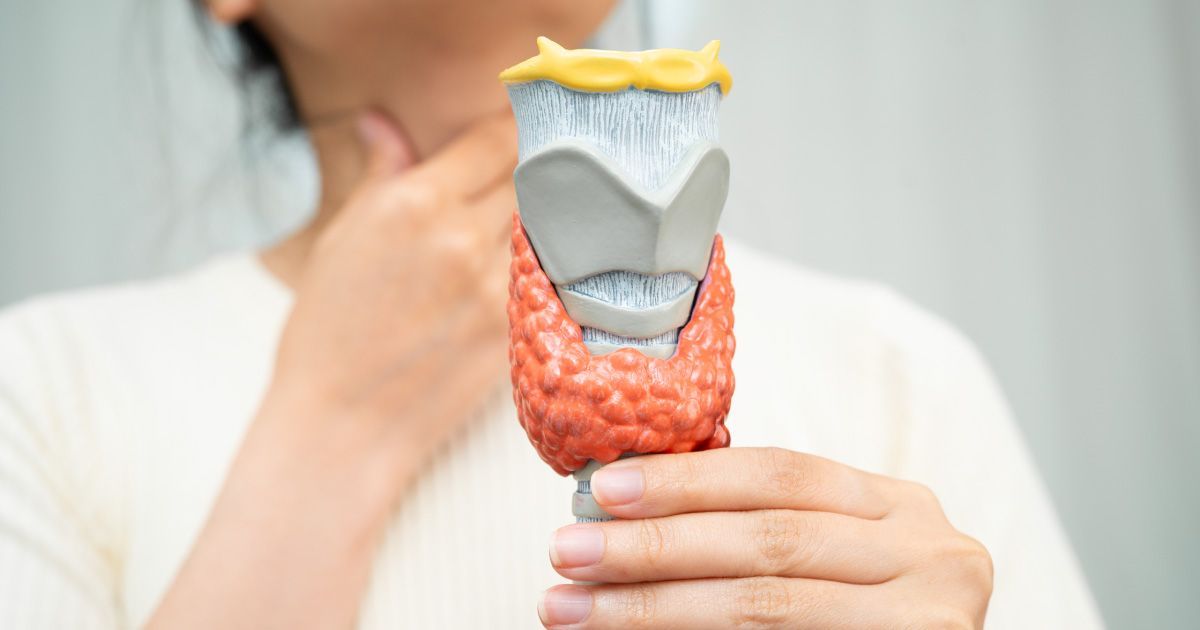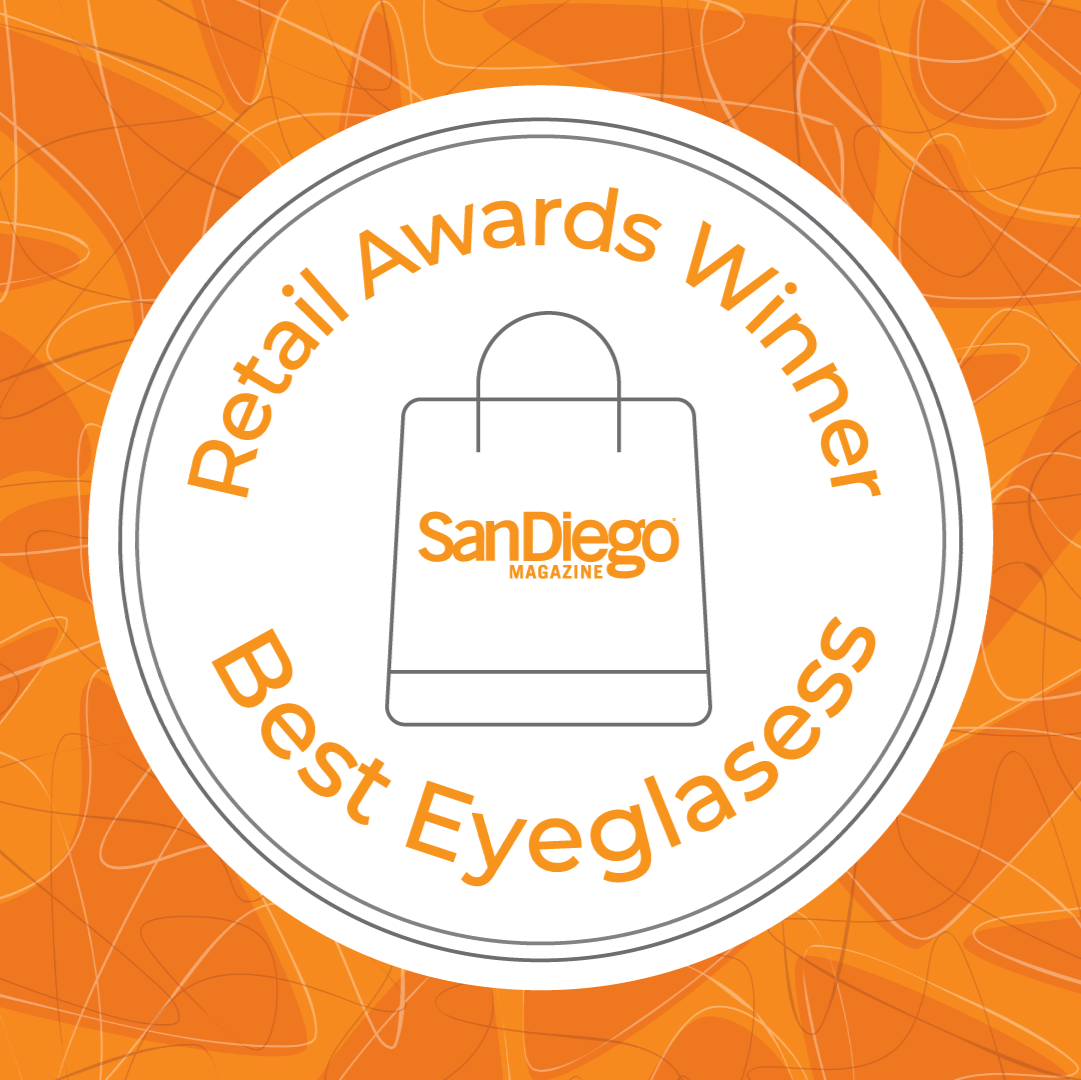Time Change and Your Eyesight: Adjusting to Standard Time

Read time: 6 minutes
As we prepare to set our clocks back and return to Standard Time each autumn, many people experience disruptions to their daily routines. This transition not only alters our schedules but also significantly impacts our vision and overall eye health. The shift can lead to changes in sleep patterns, affect our exposure to natural light, and cause various visual discomforts.
In this article, we will explore the intricate relationship between the time change back to Standard Time and vision, shedding light on how these shifts can affect our eyes while offering practical strategies to help mitigate any adverse effects. By understanding these connections, you can better prepare for the transition and maintain optimal eye health.
The Impact of Circadian Rhythms on Vision
Circadian rhythms are our body’s internal clocks, regulating sleep-wake cycles and influencing numerous physiological processes, including vision. These rhythms are closely linked to light and darkness, with our eyes playing a crucial role in signaling to our biological clock. The change to Standard Time can disrupt these rhythms, leading to various effects that may influence how we see and perceive our environment.
- Light Exposure: As we fall back into Standard Time, our exposure to natural light changes. Morning light becomes more prominent, but evening light diminishes, which can confuse our internal clocks and lead to adjustments in melatonin production.
- Sleep Quality: Disruptions in sleep patterns caused by the time change can lead to fatigue, which negatively affects visual performance. Poor sleep quality can hinder our ability to focus and process visual information effectively.
- Visual Acuity: Research indicates that insufficient sleep can impair visual acuity, resulting in blurred vision and increased eye strain. As our bodies struggle to adapt to the time change, we may notice these effects more acutely.
The disruption caused by shifting our clocks can lead to challenges in adjusting our circadian rhythms, which can negatively affect our vision. Recognizing this connection is crucial in taking steps to manage any discomfort that may arise.
The Effects of Returning to Standard Time on Eye Health
The transition back to Standard Time is intended to align our daily activities more closely with daylight hours. However, this shift can have mixed effects on our eye health. While some individuals may adjust quickly, others may find themselves struggling to adapt, leading to a range of visual issues.
- Increased Eye Strain: The sudden adjustment in schedules can lead to extended screen time during darker evenings, contributing to digital eye strain. Symptoms may include dryness, blurred vision, and fatigue.
- Adjustment Period: The initial days following the time change may bring about difficulties in focusing as our eyes adapt to the new lighting conditions in our waking hours.
- Impact on Children: Children often experience heightened sensitivity to time changes, resulting in behavioral changes that may lead to decreased outdoor activities. This can ultimately affect their eye health due to less exposure to natural light.
Awareness of these potential vision issues can empower you to take proactive measures to mitigate their impact, allowing for a smoother transition as the clocks shift back to Standard Time.
Tips for Managing Vision During Time Changes
To help minimize the impact of the transition back to Standard Time on your vision, consider implementing the following strategies into your routine. These practical tips can make a significant difference in how your eyes feel and function during this transitional period.
- Shift Your Schedule Gradually: Whenever possible, begin adjusting your sleep schedule by 15-30 minutes a few days before the time change. This gradual transition can help your body adapt more smoothly to the new schedule.
- Maintain a Consistent Sleep Routine: Sticking to a regular sleep-wake cycle is crucial for regulating your circadian rhythms. Aim to go to bed and wake up at the same time every day.
- Maximize Natural Light: Spend time outdoors in natural sunlight, especially in the morning hours. This exposure helps signal to your body that it’s time to wake up, aiding in resetting your internal clock.
- Limit Blue Light Before Bed: Reduce your exposure to screens (computers, smartphones, TVs) in the hour before bedtime to promote better sleep quality. Consider utilizing blue light filters or wearing glasses designed to reduce eye strain.
- Drink Plenty of Water: Proper hydration supports overall eye health. Dehydration can lead to dry eyes, increasing discomfort, especially during and after the time change.
- Schedule Regular Eye Exams: Keeping up with regular check-ups can help identify any underlying vision problems that may be aggravated by the time change.
- Use Artificial Tears: If you find yourself experiencing dry eyes, consider using lubricating eye drops to alleviate discomfort and keep your eyes hydrated.
Implementing these strategies can significantly enhance your ability to manage the effects of transitioning back to Standard Time on your vision, helping to maintain your eye health during this period.
The Psychological Effects of Time Change on Vision
The impact of returning to Standard Time extends beyond physical adjustments; it can also influence our psychological well-being. Mood changes resulting from disrupted sleep can indirectly affect how we perceive visual stimuli and interact with our surroundings.
- Increased Fatigue: Disruptions in sleep patterns can lead to mood fluctuations, contributing to increased fatigue. This fatigue can make it harder to focus visually and engage with our environment.
- Reduced Motivation for Outdoor Activities: A decline in mood may lead to decreased motivation for outdoor activities, which can affect exposure to natural light and contribute to poorer eye health over time.
Being aware of these psychological effects can help you understand the importance of maintaining a positive mindset during transitions. Acknowledging the connection between mood and vision can also encourage proactive steps to support both your mental and visual well-being.
The Role of Nutrition in Eye Health
Nutrition plays a vital role in supporting eye health, particularly during times of change like the transition back to Standard Time. Eating a balanced diet rich in specific nutrients can help counteract the effects of time changes and promote overall well-being.
- Omega-3 Fatty Acids: Found in fish and flaxseeds, omega-3 fatty acids can help reduce inflammation and improve dry eye symptoms, enhancing overall comfort.
- Vitamins A, C, and E: These vitamins are essential for maintaining healthy vision and can be found in various fruits, vegetables, and nuts. They provide antioxidant support to protect the eyes from oxidative stress.
- Lutein and Zeaxanthin: These antioxidants, prevalent in leafy greens and egg yolks, help protect the eyes from harmful light exposure and support overall eye health.
Maintaining a balanced diet that includes these key nutrients can have a positive impact on your eye health, making it easier to adapt to the changes that come with transitioning back to Standard Time.
The Takeaway
As the time change back to Standard Time approaches, it's crucial to recognize its potential impact on your vision and overall eye health. Factors such as circadian rhythms, psychological effects, and nutrition can significantly influence how we see and feel. By understanding these connections and implementing practical strategies, you can navigate this transition effectively and maintain optimal vision. Prioritizing your eye care during this period can lead to a more comfortable experience, enabling you to embrace the changes ahead.
Take proactive steps to protect your vision by scheduling an eye exam, adjusting your daily routines, and focusing on good nutrition. Each of these actions contributes to healthier eyes and ensures your vision remains sharp and vibrant. Don’t wait—embrace the upcoming change! Visit Urban Optiks Optometry today to discover how we can support your eye health needs and help you adapt to the seasonal transition. for outdoor
Share this blog post on social or with a friend:
The information provided in this article is intended for general knowledge and educational purposes only and should not be construed as medical advice. It is strongly recommended to consult with an eye care professional for personalized recommendations and guidance regarding your individual needs and eye health concerns.
All of Urban Optiks Optometry's blog posts and articles contain information carefully curated from openly sourced materials available in the public domain. We strive to ensure the accuracy and relevance of the information provided. For a comprehensive understanding of our practices and to read our full disclosure statement, please click here.


















